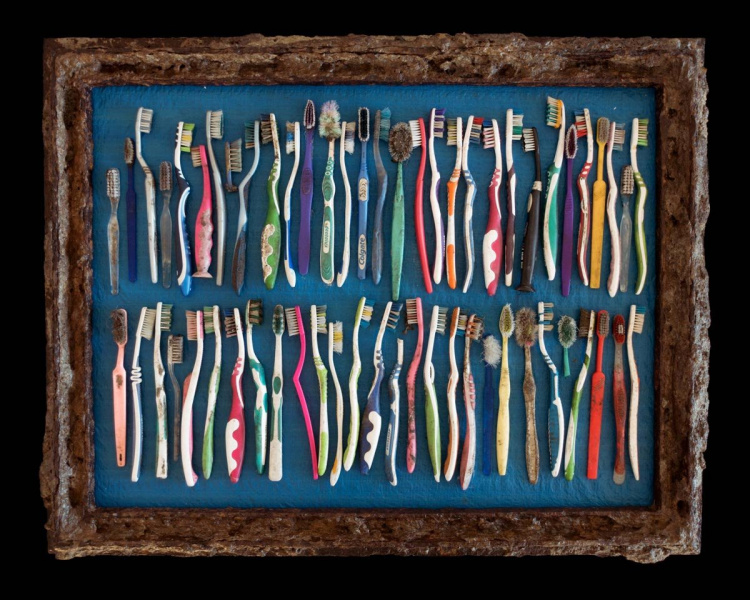Exercise 2: Comparative Analysis
Choose 2 images to compare and contrast in a short piece of writing (500 words) or an equivalent audio/visual analysis presentation (4 minutes):
- First, consider what the act of choosing and positioning two images next to each other ‘does’. How is each image changed by the encounter?
- You might refer to ideas from your unit reading so far to help support your own writing.
- You might choose to follow the idea of taking a historical image/photograph and a more contemporary photographic image that develops, or challenges, a particular idea.
- You might choose two images that pose a similar challenge to a particular genre convention using different visual or conceptual methods.
- Consider which genres you are interested in and the conventions that you might explore in your comparative analysis.
- Add the images and your comparative analysis to your learning log, this analysis will inform and be developed further into the critical review in Project 5.
For my comparative analysis, I have choosen “The Vulture and the Little Girl” by Kevin Carter and an image from Gideon Mendel’s “Dzhangal”. Each image reveals a distinct photographic style and approach to documentary photography. By placing these images side by side, the approach to the subject matter is amplified and highlights the difference between a direct and subtle approach. Both approaches are valid and effective, but side by side, we are forced to jump between the two to ponder and reflect (more in the case of Medal’s image).
In Carter’s ‘The Vulture and the Little Girl’, we are presented with a harrowing scene depicting human suffering and the stark reality of famine. There is a strong emotional impact as the juxtaposition of the vulture and the curled-up starved child communicates danger with an immediate emotional impact; the position of the child in the foreground draws immediate attention, while the vulture lurks menacingly in the background. The symbolism of the child’s vulnerability and the vulture’s presence create a poignant punctum, amplifying a sense of urgency and despair. This is also strengthened by the presence of metaphor and contrast -the vulture symbolizes death and danger, while the child represents innocence and vulnerability; the vulture waiting for a meal, the child with no hope of getting one, of health and sickness, and life and (near) death.
Gideon’s approach is more subtle and nuanced. He focuses on everyday objects left behind in the Calais refugee camp known as the ‘Dzhangel’. These tell the story of their lives and force the viewer to contemplate and fill in the gaps. Just as Carter’s image has an instant emotional impact, Gideon’s image works slowly into your consciousness as you contemplate the people behind each of the brushes. It is an image of focus. Gideon has taken everyday objects, part of our essential kit, framed them and forced us to consider the people who might have owned them- this is in contrast to Carter’s image, where the barren landscape emphasizes the isolation and vulnerability of the child. Gideon hints rather than confronts so the viewer infers the hardships faced by refugees.
By placing the images side by side, we see two distinct approaches to documentary photography. Both photographers use their unique styles to draw attention to humanitarian issues; we are offered directness versus subtlety, confrontation versus contemplation. Both photographers evoke strong emotional responses but do so through different means—Carter communicates through the presence of a child (person), a powerful moment that stands alone but makes for uncomfortable viewing, while Mendel’s image, although part of a series of images that built a narrative about the refugee experience focusing on still life and objects is less direct and contemplative. Both force the viewer to think about humanitarian issues.
References
Barthes, Roland, 1993, Camera Lucida,London, Vintage classics
Bates, David, 2019, Photgraphy: The Key Concepts (2nd ed), London, Routledge
Barret, Terry, 2006, Critizing Photography An Introduction to Understanding Images (5th Edition) New York, McGraw-Hill
https://autograph.org.uk/exhibitions/dzhangal
https://gideonmendel.com/dzhangal/
https://medium.com/@aftab4092/the-life-and-legacy-of-kevin-carter-truth-trauma-and-the-power-of-photography-071ac89a4a3c



